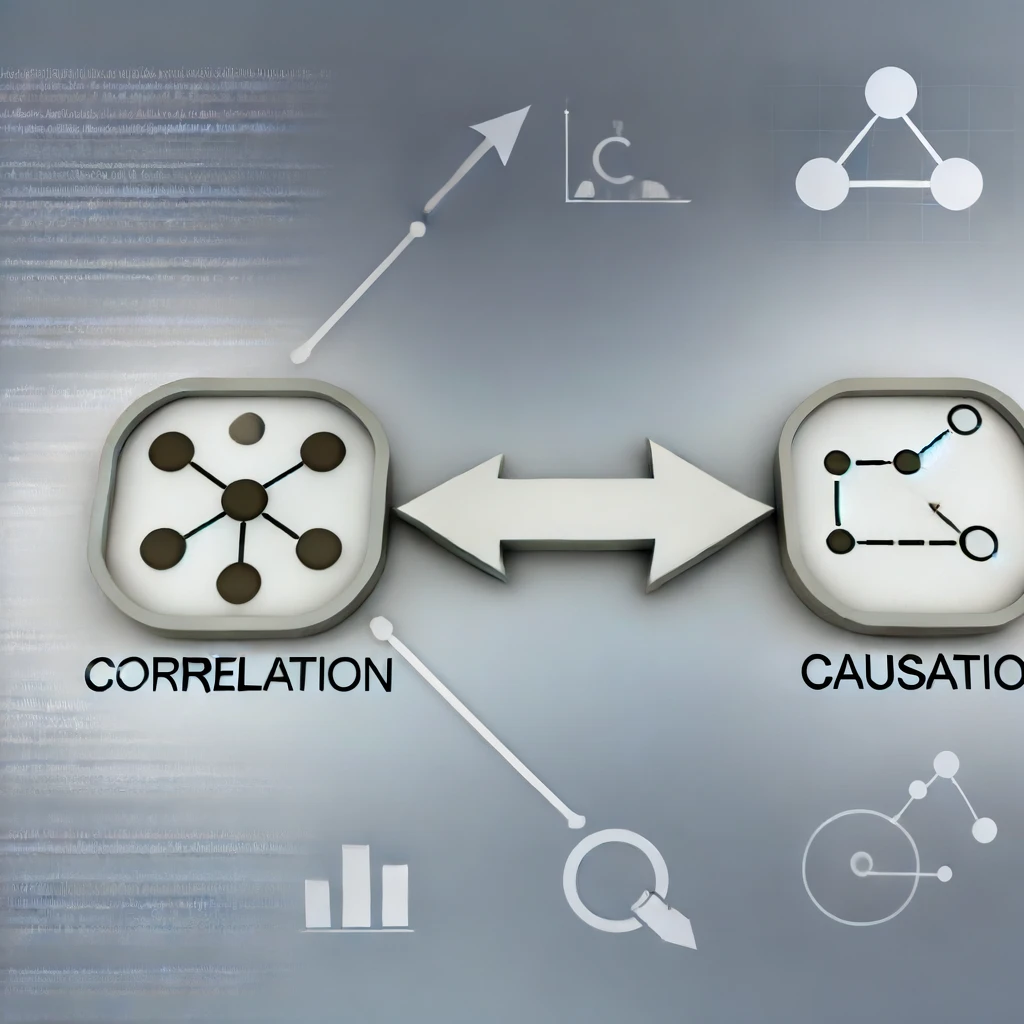When it comes to statistical analysis, understanding the difference between correlation and causation is essential. As a medical doctor seeking statistical analysis services, it is crucial to grasp this concept to make informed decisions based on data. StatisMed is here to help you navigate through this complex topic and provide practical examples to clarify the distinction between correlation and causation.
Table of Contents
What is Correlation?
Correlation refers to a statistical measure that describes the relationship between two variables. It indicates the degree to which changes in one variable are associated with changes in another variable. However, it is important to note that correlation does not imply causation. Just because two variables are correlated does not mean that one variable causes the other to change.
For example, studies have shown a strong positive correlation between ice cream sales and drowning incidents. During the summer months, both ice cream sales and drowning incidents tend to increase. However, it would be incorrect to conclude that eating ice cream causes people to drown. This correlation is merely a coincidence and does not imply causation.
What is Causation?
Causation, on the other hand, refers to a relationship between two variables where one variable directly influences the other variable’s outcome. Establishing causation requires further investigation and experimental research to determine a direct cause-and-effect relationship.
For instance, numerous studies have established a causal relationship between smoking and lung cancer. Through rigorous research and experimental studies, scientists have been able to demonstrate that smoking directly causes an increased risk of developing lung cancer. This is a clear example of causation as opposed to correlation.
Practical Examples of correlation and causation
To further illustrate the difference between correlation and causation, let’s explore some practical examples:
Sunscreen and Sunburn: There is a strong negative correlation between sunscreen usage and sunburn incidents. People who use sunscreen regularly are less likely to experience sunburn. However, this correlation does not mean that sunscreen directly prevents sunburn. Other factors, such as sun exposure and skin type, also play a role in determining the likelihood of sunburn.
Exercise and Weight Loss: Many studies have shown a positive correlation between regular exercise and weight loss. Individuals who exercise regularly tend to have lower body weights. While this correlation is well-documented, it does not imply that exercise directly causes weight loss. Diet, genetics, and metabolism also contribute to weight management.
Education and Income: Research has found a positive correlation between higher levels of education and higher income levels. Individuals with advanced degrees typically earn more money. However, this correlation does not prove that education directly causes increased income. Factors such as job skills, experience, and industry demand also influence income levels.
Conclusion
In conclusion, understanding the distinction between correlation and causation is crucial for effective data analysis and decision-making in the medical field. StatisMed is dedicated to providing accurate and reliable statistical analysis services to help medical professionals make informed choices based on sound data interpretation. By recognizing the limitations of correlation and causation, healthcare providers can avoid drawing incorrect conclusions and make evidence-based decisions for better patient outcomes. Contact us today to learn more about our services and how we can assist you with your statistical analysis needs.
[ad_2]




